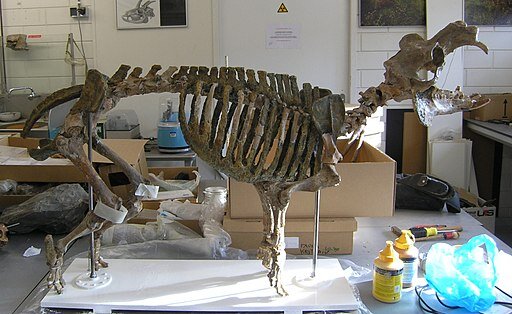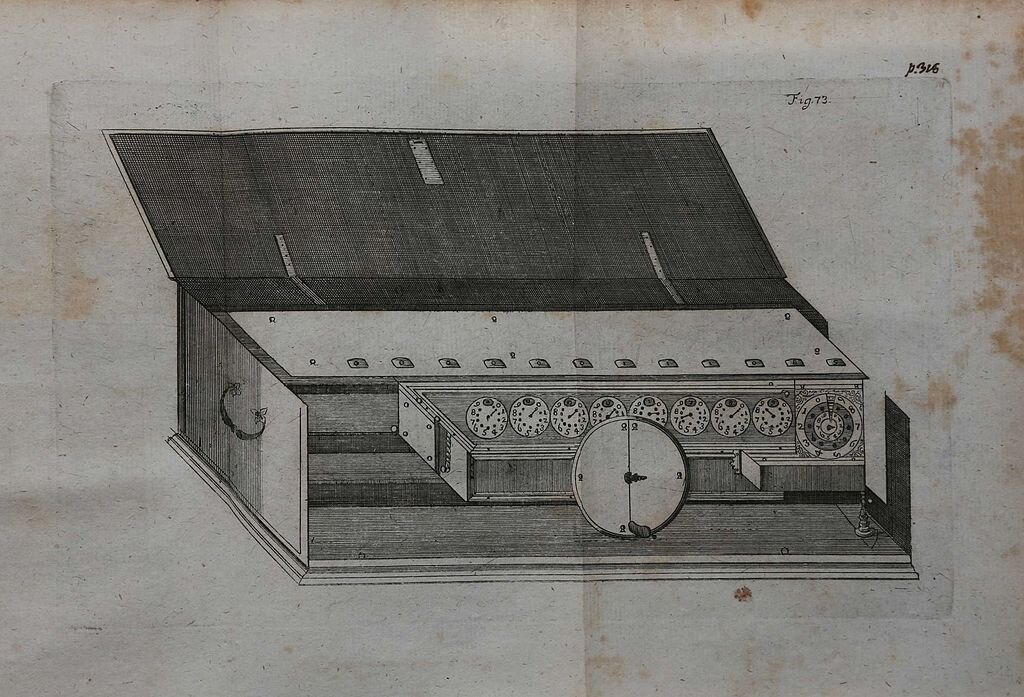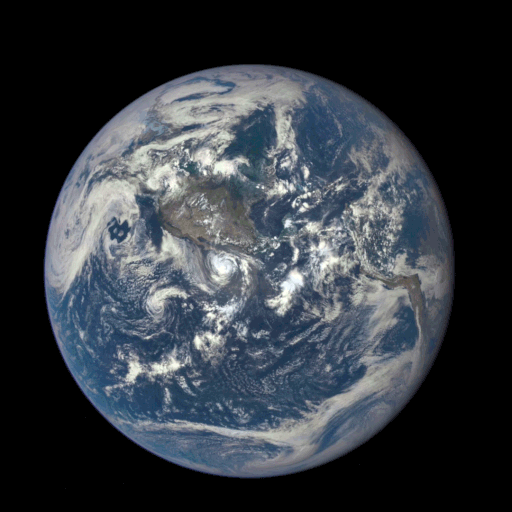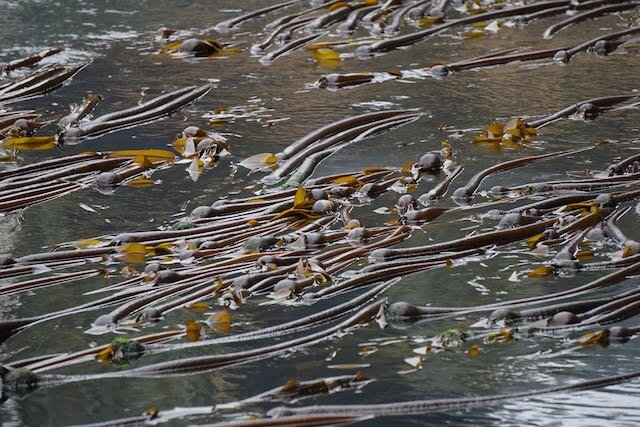
Digging for Dorothea | The Royal Society Blog
“Her output reflects her passion, competence and innovative thinking as a paleontologist. Between 1903 and 1907 she published 15 papers on her Mediterranean excavations and the occurrence of dwarf species, in various journals – all had to be presented by Woodward. In total she published over 80 papers and reviews, becoming an established and well-respected member of the paleontological community.”

“Let us Calculate!” | Public Domain Review
“There was a resurgence of interest in Leibniz’s role in the history of computation after workmen fixing a leaking roof discovered a mysterious machine discarded in the corner of an attic at the University of Göttingen in 1879. With its cylinders of polished brass and oaken handles, the artefact was identified as one of a number of early mechanical calculating devices that Leibniz invented in the late seventeenth century.”

Inside the Secret Math Society Known Simply as Nicolas Bourbaki | Quanta Magazine
“Bourbaki began in 1934, the initiative of a small number of recent ENS alumni. Many of them were among the best mathematicians of their generation. But as they surveyed their field, they saw a problem. The exact nature of that problem is also the subject of myth.”

How the Elements Got Their Names | Distillations
“There are bright spots. Some of the vignettes, such as that of cobalt, point us to stories we likely would never have discovered on our own. Wothers also provides surprises about what we assume we know. Take polonium, one of the radioactive elements discovered by Marie and Pierre Curie. It’s named for Poland, yes? Marie Curie (née Maria Skłodowska) was Polish born; of course she would name an element she discovered after her home country.”

A Quest to Protect the World's Last Silent Places | Outside Online
“In 2005, Gordon Hempton placed a small stone on a log in the Hoh Rainforest of Washington’s Olympic National Park, one of the quietest places in the world. He dubbed his miniature cairn One Square Inch of Silence. If he could keep the rock free of human noise pollution, Hempton reasoned, many surrounding square miles would be free of it, too.”

The Classification of Humankind, and the Birth of Population Science | The MIT Press Reader
“While others made similar claims before him — Machiavelli, for example, asserted that population will expand until “the world will purge itself” through means of plagues or famines — Malthus’s pessimistic provocation provided fertile and innovative ground for later engineers, futurists, and optimists alike.”

The Strange Ingredients Found in Vaccines | BBC Future
“In 1925, Gaston Ramon embarked upon an experiment that even he described as… “interesting”.
A few years earlier, the French veterinarian had been trying out a new diphtheria vaccine on horses, when he made an accidental discovery: some animals reacted by developing nasty abscesses at the injection site, and these ones also tended to develop stronger immune responses. This got him thinking – what else could he add to the vaccine, to encourage this to happen?”

The Moon Will Soon Have Cell Service | Popular Science
“Nokia’s proposal to adapt existing 4G/LTE technology for use on the Moon could support communications between lunar landers, rovers, habitats, astronauts, and more on the surface,” said Jim Reuter, the associate administrator for NASA’s Space Technology Mission Directorate, in an email. “This future capability could be key to a robust, sustainable presence on and around the Moon.”

Alchemy Arrives in a Burst of Light | Quanta Magazine
“The idea sounds like magic, pure and simple. You create a light beam that can make substances vanish, give them properties they shouldn’t possess, or turn them into a perfect mimic of another substance entirely. It’s 21st-century alchemy, in principle capable not just of making lead resemble gold, but of turning ordinary materials into superconductors.”

Why Did Renaissance Europeans See Merpeople Everywhere? | Lit Hub
“Europeans found all sorts of monstrous creatures in the Americas. Just as Marco Polo noted a variety of wondrous flora, fauna and creatures in his eastern travels, so too did New World explorers like Sir Walter Raleigh and Christopher Columbus claim to interact with everything from headless men to cyclops to the cynocephalus.”

Your Friendly Neighborhood Inoculator | Lapham's Quarterly
“Daniel Sutton's book is a remarkable account of a clinician scientist at work. His many detailed observations and experiments may be unique in 18th century medicine. His investigation of the role of the skin in inoculation is one of the very first systematic studies of the pathogenesis of a disease process. Yet no one remembers him. Sutton made a serious mistake by publishing his book too late. He procrastinated.”
Boylston A. (2012). Daniel Sutton, a forgotten 18th century clinician scientist. Journal of the Royal Society of Medicine, 105(2), 85–87. https://doi.org/10.1258/jrsm.2012.12k001

Scientists Use Seaweeds to Travel Back in Time | Hakai Magazine
“In a new study published this past June, researchers from the Monterey Bay Aquarium examined a collection of dried, pressed seaweeds—dating back over 140 years—to learn what ocean conditions in the bay were like in the early 19th century.”

How Algorithms Discern Our Mood From What We Write Online | Knowable Magazine
“The Hedonometer is a relatively recent incarnation of a task computer scientists have been working on for more than 50 years: using computers to assess words’ emotional tone. To build the Hedonometer, UVM computer scientist Chris Danforth had to teach a machine to understand the emotions behind those tweets — no human could possibly read them all. This process, called sentiment analysis, has made major advances in recent years and is finding more and more uses.”

The Paris Morgue Provided Ghoulish Entertainment | JSTOR Daily
“The writer and photographer Maxime Du Camp wrote that “the kids, who go there as they would to a theatrical representation, call the exhibited corpses the artists, if the exhibition room happens to be empty, they say: The theater is temporarily closed today.”

When Math Gets Impossibly Hard | Quanta Magazine
“Mathematical impossibility is different. We begin with unambiguous assumptions and use mathematical reasoning and logic to conclude that some outcome is impossible. No amount of luck, persistence, time or skill will make the task possible. The history of mathematics is rich in proofs of impossibility. Many are among the most celebrated results in mathematics. But it was not always so.”

Mummies Among Us | Aeon
“For most of the history of European collection of mummies, the primary thing Europeans did with them was grind them up. At first, Europeans ate them – mummies were considered a drug. ‘Mummie is become Merchandise, Mizraim cures wounds, and Pharaoh is sold for balsams,’ as Browne wrote.”

A Short History of Aquaculture Innovation | Hakai Magazine
1924
“By the 1970s, researchers had devised a solution: sex reversal technology, which produced all-male populations through hormone manipulation. (Males were preferred because they grow faster.) This advancement was one of several that facilitated the growth of the tilapia industry. “

The Pioneering Surgeons Who Cleaned up Filthy Hospitals | BBC
“Lister is often referred to as the father of modern surgery, because he laid the foundations for future surgical and operative care – to think that such a step change in surgery occurred in the hospital where I work is phenomenal.”

Alfred Wegener and the Continental Drift | COSMOS | Jeff Glorfeld
“Wegener expanded this “debunked” hypothesis in 1915 into what NASA calls “one of the most influential and controversial books in the history of science: The Origin of Continents and Oceans”.”

Waking Life | Laphams's Quarterly
““Perhaps it would have ended up there anyway. Sharing many of the foibles and fallacies of early psychology, The Psychology of Day-Dreams is far from perfect. Centered and based on the experience of a white male not only in war but also in life writ large, it could be said that his theories discounted and excluded many. “